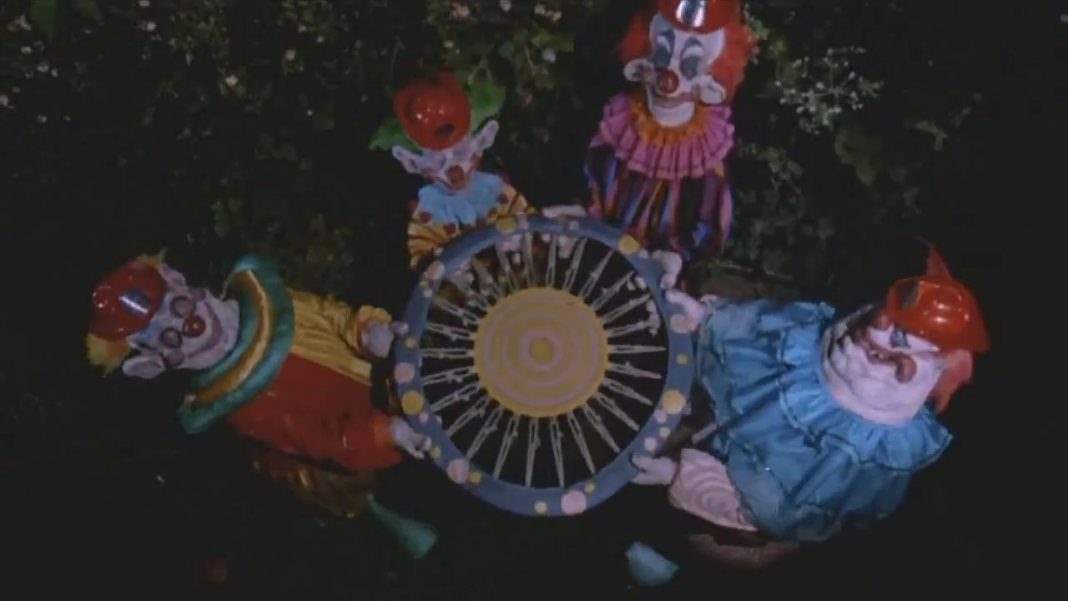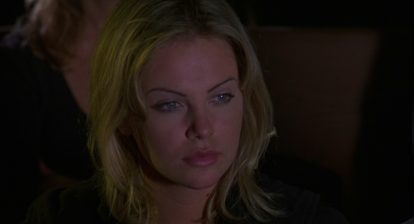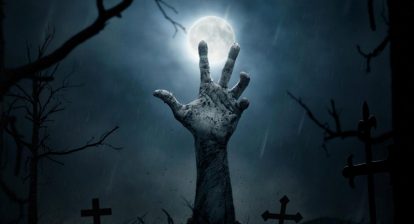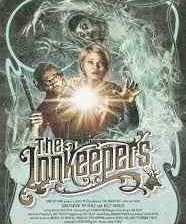According to Scottish folklore, Sawney Bean was a blue-collar scoundrel who abandoned his family business of ditch digging in favor of a cruel woman with antisocial inclinations of her own. The two shacked up together in a cave on the coastline, and promptly began to breed. These children were raised without an understanding of the taboo of incest, and they eventually amassed a family of nearly fifty members. The Bean family survived by attacking travelers, stealing their supplies and cannibalizing their corpses. Things continued in this vein until they attacked a man who was skilled in combat and eventually fought them off. After he escaped, word of the Bean clan’s existence made its way up to King James, who led an army of men to track them down. Those that were taken alive were arrested, jailed, and promptly executed for their crimes.
In 1977, when Wes Craven sought to get out of the adult film industry that he had found himself trapped in after Last House on the Left (1972), he looked to the Sawney Bean legend for inspiration. He transplanted the cannibal clan to the American desert, and brought them into modern times, simultaneously cementing himself in the annals of horror history. Ironically, he has stated in interviews that he fell into horror films almost by accident. But for genre fans, it was a very happy accident indeed.
Today, we’re going to take a look at the first true franchise that he created, rough patches and all.
The Hills Have Eyes (1977)
Wes Craven’s survivalist take on the Sawney Bean legend has the Carter family (lead by burly Big Bob) traveling through the Nevada desert. Despite being warned away by the proprietor of Fred’s Oasis, the sole sign of civilization in the area, Big Bob drives his family deeper into the sunbaked wasteland, only to become stranded when the vehicle breaks down. In short order, this family is ambushed by another one, a freakshow clan of cannibals who are much better armed than they. It’s an examination of the lengths to which man will go in order to survive, and how quickly one will leave civility behind. It’s brutal and unflinching in its depiction of violence, though we spend a few too many moments alone with the cannibals for them to be as effectively frightening as they ought to be. The locations are used smartly, and the desert by day is a wholly different animal than the desert by night. Another stroke of brilliance was the inclusion of a travel trailer, allowing Craven to incorporate elements of home invasion, even out in the middle of nowhere. Craven’s early reliance on booby traps is evident here, but it hadn’t yet become a tired trademark. Truly a classic of the genre.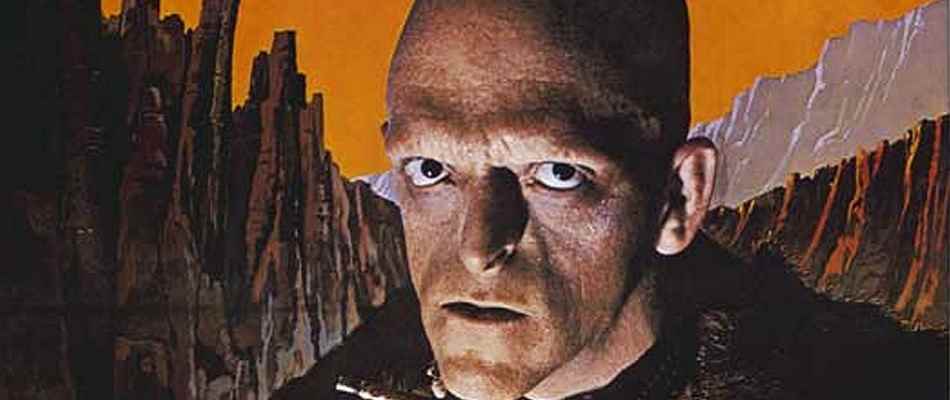 The Hills Have Eyes Part II (1984)
The Hills Have Eyes Part II (1984)
Carter family survivor Bobby has grown up and attempted to move on with his life: he’s the owner of a motocross racing team, and the inventor of some new “super fuel” that is primed to make him a fortune…if he can demonstrate it at the next race. Unfortunately, said race is out in the desert, only a stone’s throw away from where it all went down last time. With his PTSD flaring up, he stays home to weep and sends his girlfriend in his stead—not exactly a gentlemanly act. But seeing as how his girlfriend is Ruby, a reformed-member of the clan that butchered his family, maybe that’s the penance she must pay. In a predictable series of events, Ruby and the team find themselves stranded in the desert, at the mercy of everyone’s favorite desert rat Pluto and his newcomer uncle Reaper. Craven had no real desire to make this movie, but cranked it out in order to secure financing for the projects that he was passionate about. It was obviously phoned in, as it abandons all the tension and desert brutality of the first film in favor of rather mundane slasher theatrics. The script is heavy with padding, including innumerable flashbacks to the previous entry. And yes, what you’ve heard is true: even the dog has a flashback sequence.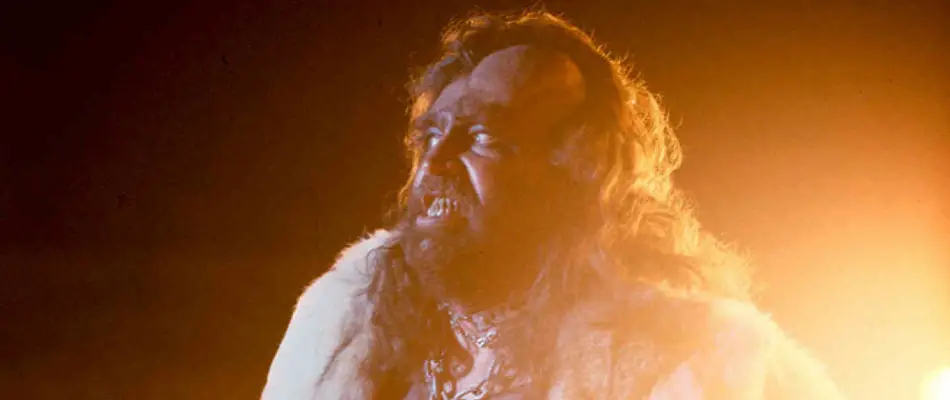 The Hills Have Eyes (2006)
The Hills Have Eyes (2006)
Remaking a film that is not only as high-profile as Wes Craven’s blistery masterpiece but highly-regarded, as well, must have been a pretty daunting task. Luckily it was Alexandre Aja behind the camera, who had already proven his mettle to Craven with 2003’s High Tension. This version maintains the same protagonists in the Carter Clan, but actually manages to flesh the characters out more than had originally been done. The antagonists have been tweaked, no longer just a family of ugly desert dwellers, but now fully-deformed in the wake of nuclear weapons testing. The basic plot-line remains unchanged, maintaining even a few of the original jump scares, but the graphic violence and squirm-inducing sadism has been amped up to meet (and exceed) the current standards. There are plenty of bad remakes, and there are a smaller number of good remakes. This is one of the good ones. 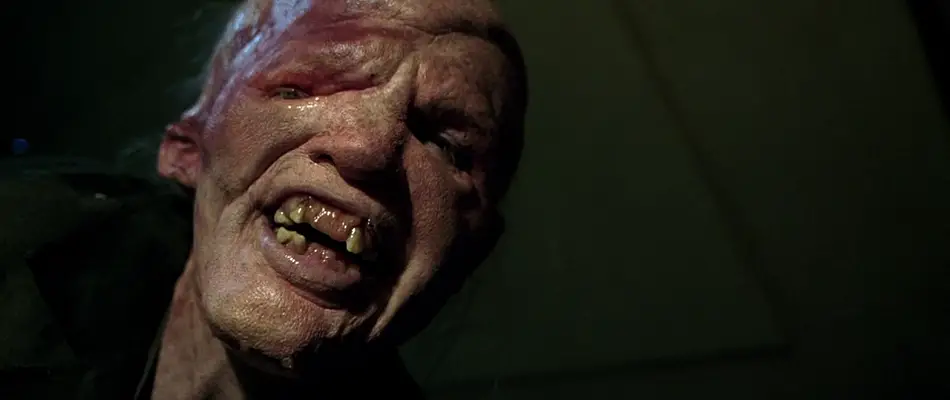 The Hills Have Eyes II (2007)
The Hills Have Eyes II (2007)
It has become evident to me that any film called The Hills Have Eyes whose title isn’t followed by a number will be a solid exercise in terror and anything with has the number 2 in the title will be completely disposable. This is a shame, really, as Wes Craven scripted this entry himself, along with his son Jonathan. This could have been Craven’s chance to be a part of a Hills sequel that he was proud of, instead it’s an uninspired tale of mostly-unlikable members of the National Guard whose simple equipment delivery is interrupted by the surviving members of the mutant clan. They bicker amongst themselves just as often as they try to defend themselves, and at a certain point I just wished that they would all die. There’s a lot of action but most of it is unimpressive, and there are too many cheap shocks and an over-reliance on gunplay for this to amount to much of anything interesting. On a positive note, it really says something about the Carter family that they handled themselves much more ably than these supposed soldiers did.



